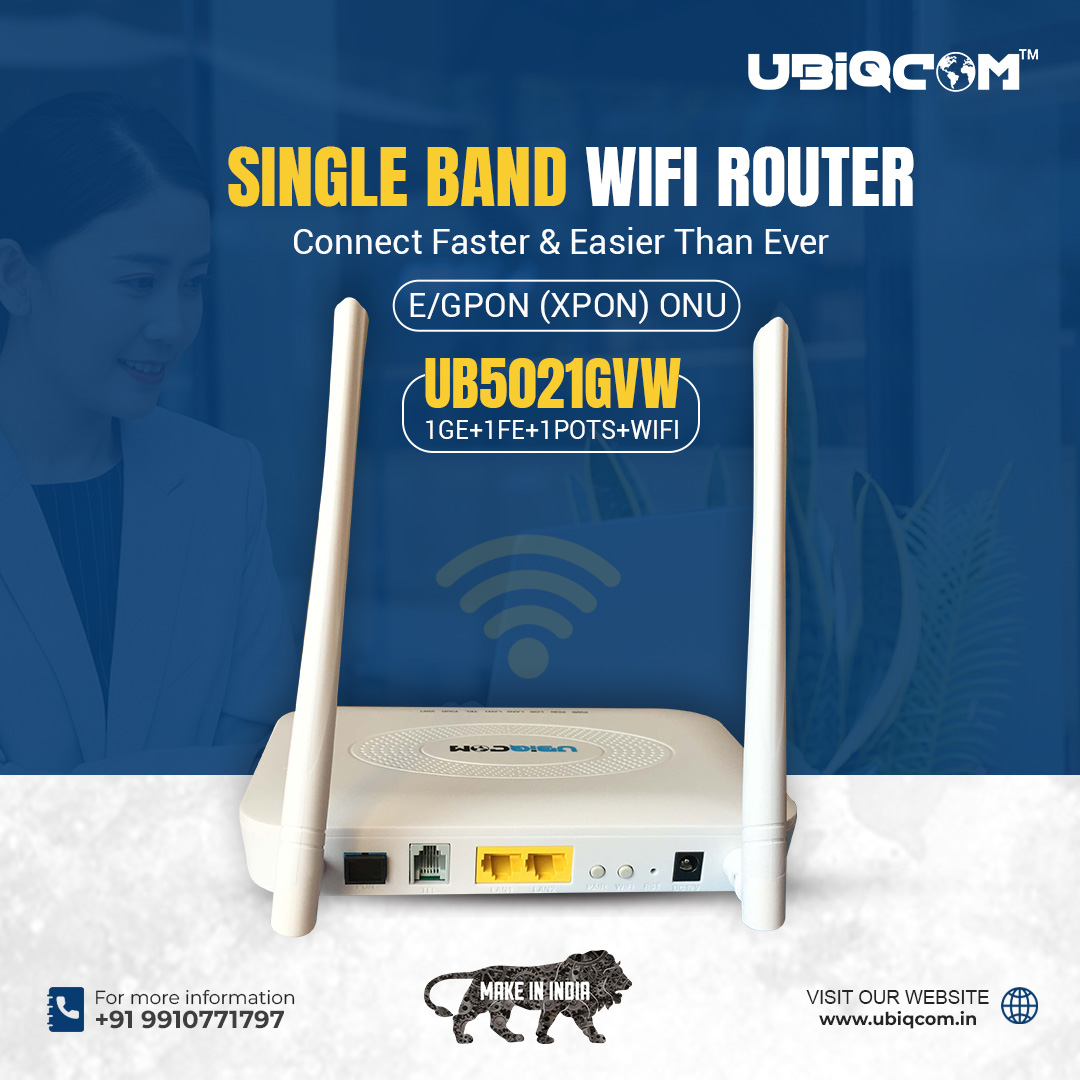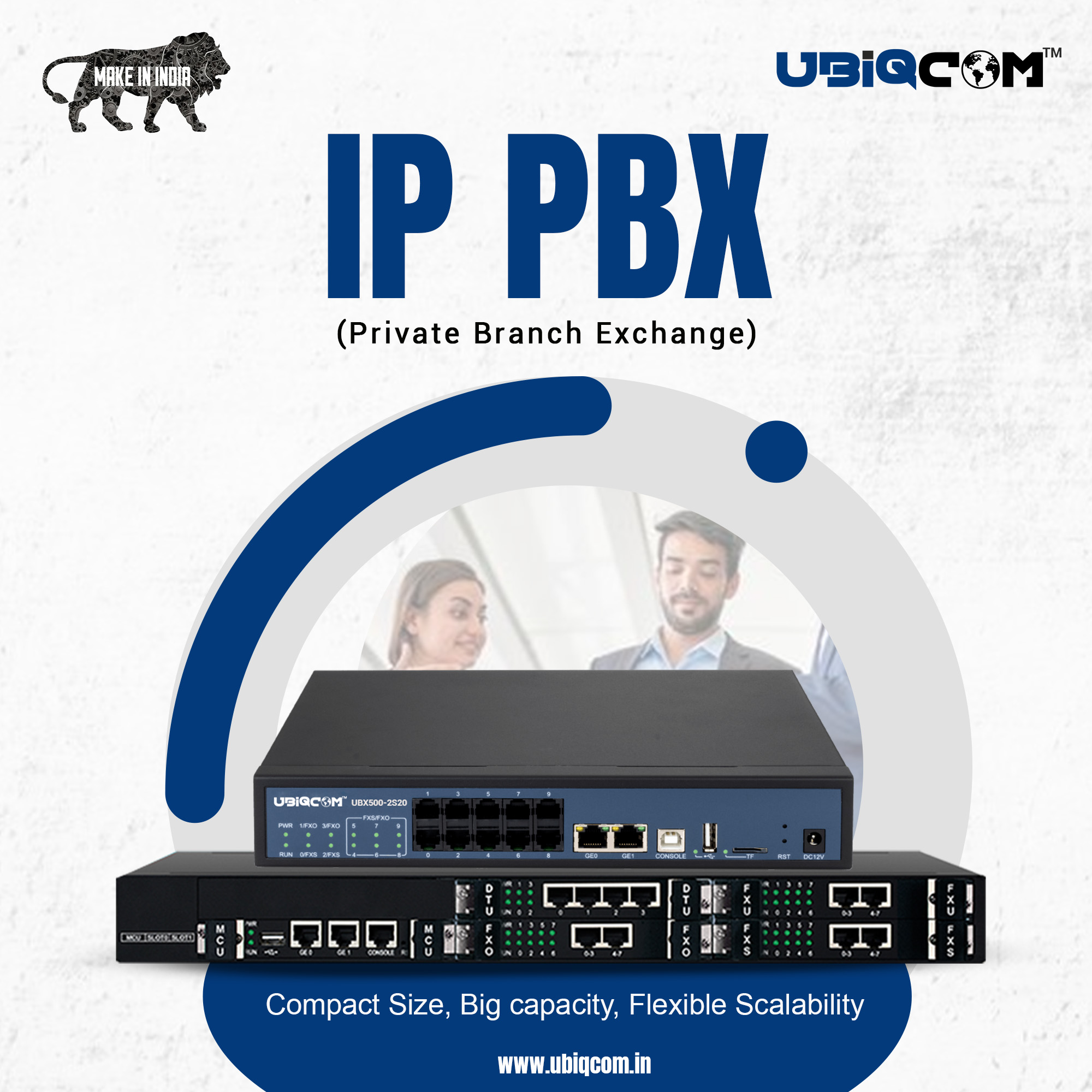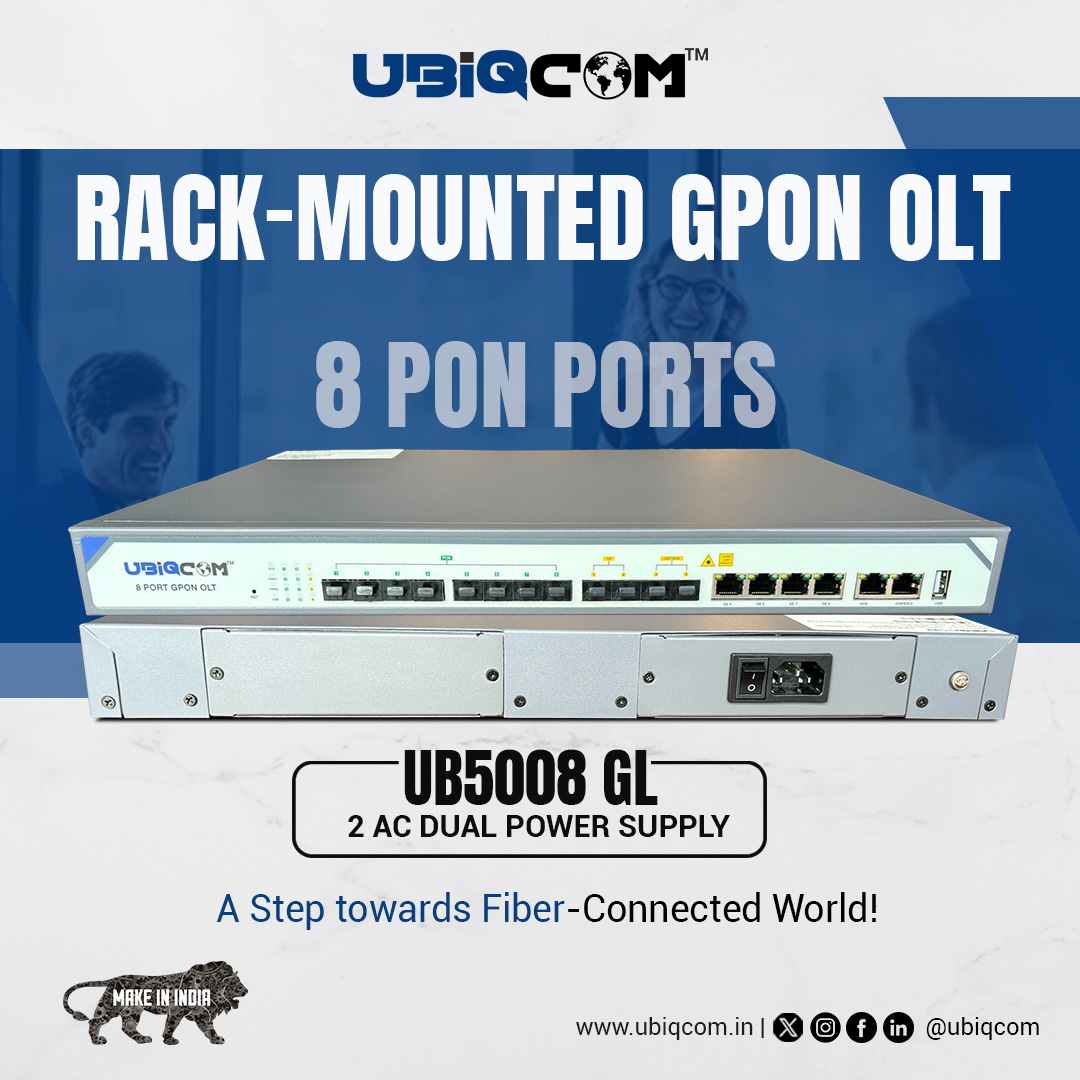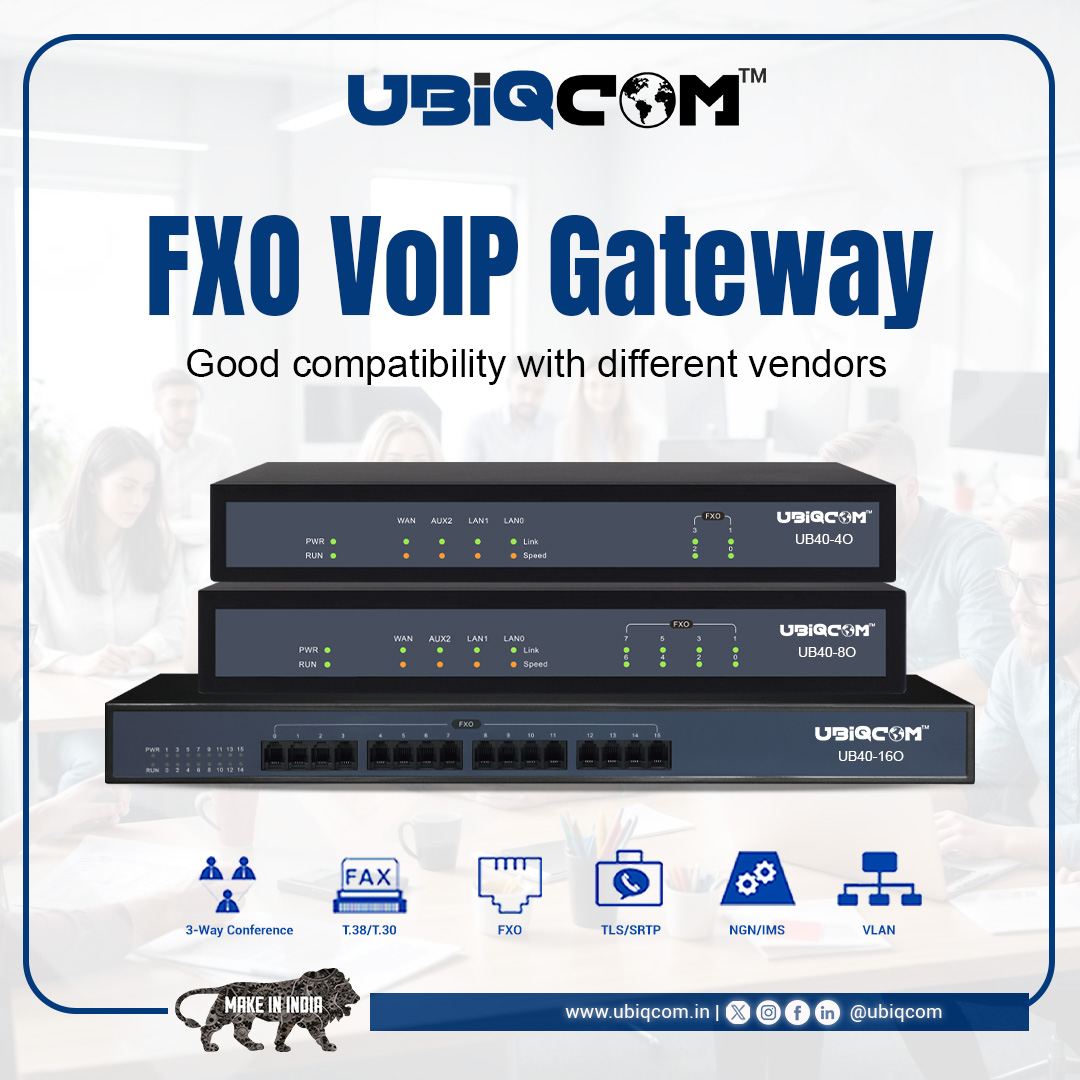The Complete Guide to Single Band ONU: Revolutionizing Fiber Connectivity

Strong 8k brings an ultra-HD IPTV experience to your living room and your pocket.
In today's fast-paced digital world, reliable internet connectivity has become a necessity rather than a luxury. As fiber optic networks continue to expand globally, the technology that powers these connections becomes increasingly important. At the heart of residential and small business fiber connections sits a critical device - the Optical Network Unit (ONU). In this comprehensive guide, we'll explore everything you need to know about Single Band ONUs, how they function, their advantages, and why they matter for your internet connection.
What Is a Single Band ONU?
An Optical Network Unit (ONU) serves as the endpoint device in a fiber optic network, converting optical signals from fiber cables into electrical signals that your devices can use. A Single Band ONU, specifically, operates on one wavelength band for data transmission, typically in the 1490nm downstream and 1310nm upstream wavelengths.
Unlike their multi-band counterparts, Single Band ONU focus on delivering reliable performance through a single wavelength band, making them cost-effective solutions for many residential and small business applications where ultra-high bandwidth requirements aren't the primary concern.
How Single Band ONUs Function in Fiber Networks
To understand the value of Single Band ONUs, it's important to grasp how they operate within the broader fiber network architecture:
- Signal Conversion: The ONU receives optical (light) signals from the fiber optic cable and converts them into electrical signals that computers, routers, and other devices can interpret.
- Last Mile Connection: In a typical Fiber-to-the-Home (FTTH) or Fiber-to-the-Building (FTTB) setup, the ONU serves as the termination point for the optical network, bridging the gap between the service provider's network and the customer's premises.
- Single Wavelength Operation: As the name suggests, Single Band ONUs work with a single wavelength of light, which simplifies the design and lowers manufacturing costs compared to multi-band alternatives.
- Integration with Home Networks: Most modern Single Band ONUs include Ethernet ports, WiFi capabilities, and sometimes VoIP phone connections to provide comprehensive connectivity solutions.
Single Band vs. Multi-Band ONUs: Key Differences
When comparing Single Band ONUs to their multi-band counterparts, several important distinctions emerge:
Bandwidth Capacity
Single Band ONUs typically offer sufficient bandwidth for residential use (usually up to 1Gbps), while multi-band solutions can provide higher capacities by utilizing multiple wavelengths simultaneously.
Cost-Effectiveness
Due to their simpler design and components, Single Band ONUs are generally more affordable, making them ideal for mass deployment in residential areas.
Power Consumption
Single Band ONUs consume less power than multi-band alternatives, contributing to lower operational costs and a reduced environmental footprint.
Deployment Scenarios
While multi-band ONUs shine in business environments with heavy bandwidth demands, Single Band ONUs excel in residential deployments where cost-efficiency and reliability take precedence.
Benefits of Single Band ONUs for Residential Users
For homeowners and small businesses, Single Band ONUs offer several compelling advantages:
- Cost-Effective Connectivity: Access to fiber internet without the premium price tag of more advanced equipment.
- Simplified Installation: Easier setup and configuration compared to more complex networking equipment.
- Energy Efficiency: Lower power consumption translates to reduced electricity bills over time.
- Reliable Performance: Single band technology has been refined over years of deployment, resulting in stable and dependable connections.
- Compact Design: Most Single Band ONUs feature a small footprint, making them easier to place in homes without consuming excessive space.
Popular Single Band ONU Models and Specifications
The market offers numerous Single Band ONU options from various manufacturers. Some of the most widely deployed models include:
Entry-Level Residential Models
These typically feature basic connectivity options with speeds up to 100Mbps or 1Gbps, 2-4 Ethernet ports, and sometimes built-in WiFi.
Mid-Range Options
These models often include additional features like enhanced WiFi coverage, VoIP capabilities, and better heat management for improved longevity.
Business-Oriented Single Band ONUs
Though still operating on a single band, these units often include more robust management features, additional Ethernet ports, and better quality of service (QoS) controls.
Installation and Setup of Single Band ONUs
The installation process for a Single Band ONU typically involves these steps:
- Fiber Connection: The service provider installs a fiber optic cable to your premises and connects it to the ONU.
- Power Supply: The ONU is connected to a power source, either through a wall outlet or power over Ethernet (PoE) in some cases.
- Network Connection: Ethernet cables connect from the ONU to your router or directly to computers and other devices.
- Configuration: Basic setup includes connecting to the internet service provider's network, which is usually handled by the installation technician.
- WiFi Setup: If your ONU includes WiFi capabilities, configuring the wireless network name (SSID) and password.
Troubleshooting Common Single Band ONU Issues
Even reliable technology occasionally encounters problems. Here are solutions to common Single Band ONU issues:
Connection Drops
- Check physical connections and fiber cable integrity
- Ensure the ONU has proper ventilation to prevent overheating
- Verify power supply stability
Slow Speeds
- Test speeds with a directly connected device to eliminate WiFi variables
- Check for bandwidth-intensive applications running on your network
- Contact your service provider to verify provisioned speeds
Power-Related Problems
- Use the manufacturer-provided power adapter
- Consider a small UPS (Uninterruptible Power Supply) for protection against power fluctuations
- Check for overheating which can cause the unit to reset
Future Trends in ONU Technology
The world of fiber optics continues to evolve, with several trends shaping the future of ONU technology:
Integration with Smart Home Systems
Newer ONUs are beginning to incorporate smart home protocols, allowing for better integration with connected devices.
Enhanced Security Features
As cyber threats evolve, ONUs are incorporating more robust security measures to protect home networks.
Improved Energy Efficiency
Manufacturers continue to reduce power consumption while maintaining or improving performance.
Software-Defined Networking Capabilities
Advanced management features previously found only in enterprise equipment are making their way into residential ONUs.
Selecting the Right Single Band ONU for Your Needs
When choosing a Single Band ONU, consider these factors:
- Compatibility: Ensure the ONU is compatible with your internet service provider's network.
- Speed Requirements: Match the ONU's capabilities with your subscribed internet plan.
- Additional Features: Determine if you need WiFi, VoIP, or other integrated features.
- Future-Proofing: Consider models that can support faster speeds if you plan to upgrade your service later.
- Reliability: Research brand reputation and warranty offerings for long-term peace of mind.
Environmental Impact of Single Band ONUs
In an increasingly eco-conscious world, the environmental aspects of networking equipment matter:
- Single Band ONUs typically consume between 5-15 watts of power, significantly less than many other networking devices.
- Their longer lifespan (often 5-7 years) reduces electronic waste compared to devices that require more frequent replacement.
- Many manufacturers are adopting more sustainable packaging and recycling programs for their networking equipment.
Conclusion: The Enduring Value of Single Band ONUs
While telecommunications technology continues to advance at a rapid pace, Single Band ONUs remain relevant and valuable components in modern fiber networks. Their balanced combination of cost-effectiveness, reliability, and sufficient performance for most residential and small business needs ensures they'll continue to play an important role in connecting homes and businesses to the digital world.
Note: IndiBlogHub features both user-submitted and editorial content. We do not verify third-party contributions. Read our Disclaimer and Privacy Policyfor details.







